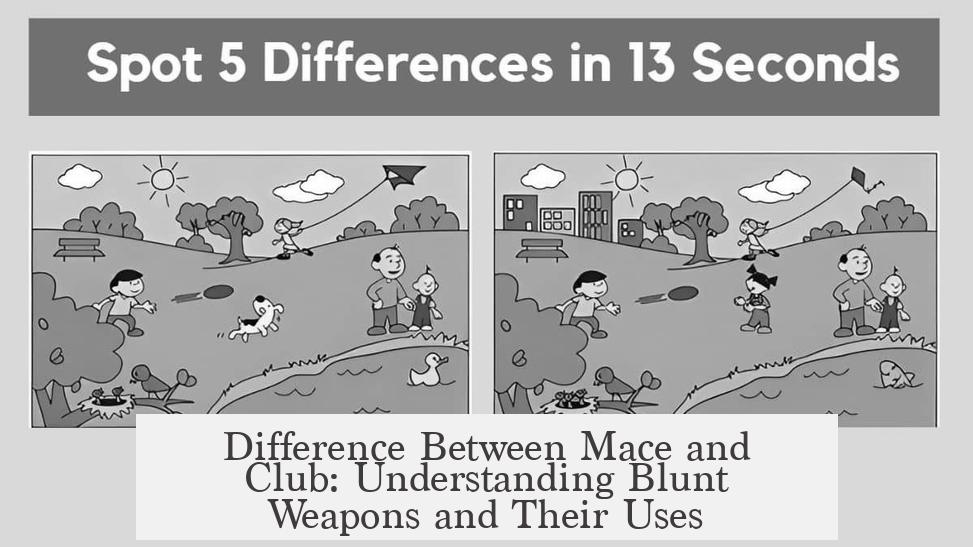A mace differs from a club primarily in design and purpose. A club is any heavy, blunt object used for striking, often improvised from everyday items like a stick or chair leg. In contrast, a mace is a purpose-built weapon, usually metal, with a weighted striking head at the end of a handle, designed explicitly for combat.
Clubs are simple blunt instruments. They are usually wooden or another solid material. Their form is not specialized—they often start as common objects repurposed for violence. Examples include a stick, a chair leg, or a crowbar. Because of their improvised nature, clubs vary greatly in shape and size.
In contrast, a mace is carefully constructed as a weapon. It features a handle typically two to three feet long. The striking end has a large, heavy bulb that may be blunt or flanged. This metal head concentrates weight on the point of impact. The mace’s sole function is warfare or personal defense, distinguishing it from improvised clubs, which have no original weaponized intent.
The difference can be understood by analogy. A club resembles a shank—an improvised item used in violence but not explicitly crafted as a weapon. Meanwhile, a mace is like a dagger—specifically designed to cause damage and fight effectively.
| Aspect | Club | Mace |
|---|---|---|
| Material | Usually wood or everyday objects | Mostly metal |
| Design | Improvised, varied shapes | Purpose-built, standardized form |
| Handle Length | Varies greatly | About 2-3 feet |
| Weight Focus | Distributed or random | Concentrated on striking head |
| Usage | Bludgeoning, often improvised | Combat weapon, specifically for bludgeoning |
- Clubs are general blunt objects, often improvised without weapon intent.
- Maces are specialized metal weapons with weighted striking ends.
- Maces have a handle approximately 2-3 feet long, designed for effective combat use.
- Clubs vary greatly in form and function depending on the object used.
- The analogy: clubs are to shanks as maces are to daggers.
What Is the Difference Between a Mace and a Club? Let’s Roll Up Our Sleeves and Dive In!
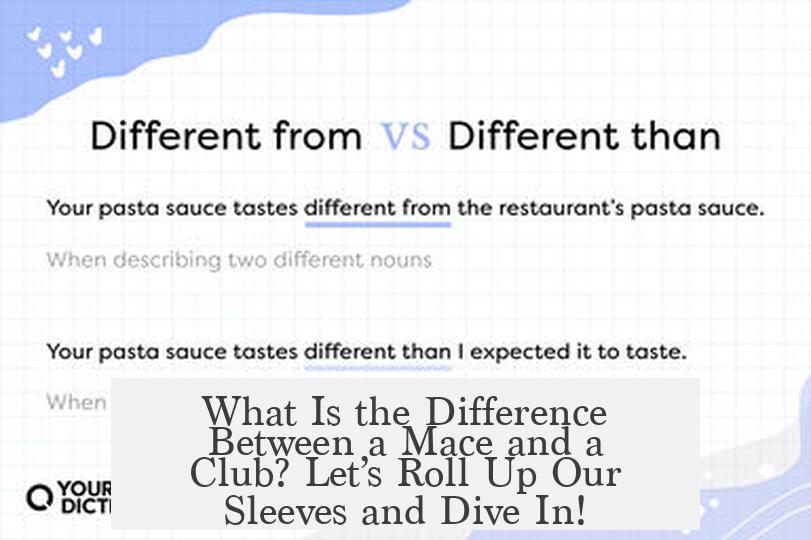
So, you’re curious about weapons and want to know what is the difference between a mace and a club? Imagine two blunt instruments swinging through history, both used for beating stuff up, but with distinct personalities and purposes. Let’s unravel this bashing mystery with some clarity and maybe a bit of cheeky humor.
Here’s the straightforward answer: A club is usually an improvised, heavy, blunt wooden object used for hitting, while a mace is a purpose-built metal weapon with a weighted striking surface designed purely for combat. Sounds simple enough, right? Let’s dig a little deeper and break down what sets the mace and club worlds apart.
Clubs: The Everyday Bludgeoner You Didn’t See Coming

Think of the club as the DIY weapon of choice. It’s any heavy, blunt object fashioned for violence, often wooden. And here’s the kicker—it’s usually not made for battle originally. Got a chair leg? Bam! You’ve got a makeshift club. Found a big stick in the woods? Congratulations, you just upgraded your medieval toolkit.
In essence, clubs are the ultimate improvisers. Need something to smash with? Anything hefty and blunt will do. The club doesn’t care if it’s a stick, a crowbar, or even a garden tool. It’s all about mass and momentum. There’s no fancy design, no specialized function—just raw, simple, effective bludgeoning power.
Clubs can be as short as a walking stick or as long as a baseball bat. They are super versatile because anyone can pick one up and use it. Historical records even suggest that early humans and primitive warriors favored such uncomplicated weapons for their availability and ease of use.
Maces: The Refined, Battle-Ready Bludgeon
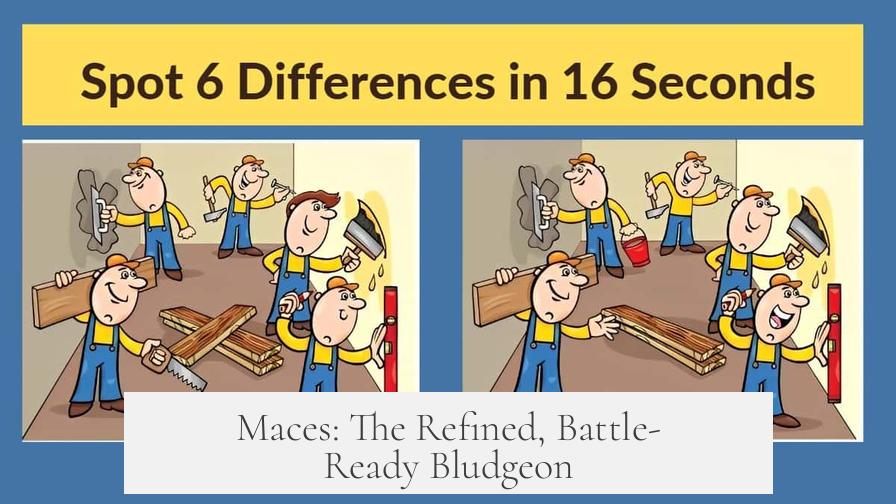
Now, the mace steps onto the scene like a weapon with an agenda. This is no slapdash stick; a mace is a metal club, carefully crafted to direct power precisely where it counts—the striking surface. Usually, it features a handle about 2 to 3 feet long, topped with a heavy bulb, often shiny and menacing.
The weight in a mace isn’t accidental—it’s focused on the head to maximize impact. This might be blunt or flanged to inflict additional damage through crushing and cutting. Designed purely for combat, a mace has no other function but to be a badass blow-deliverer.
The mace is the classic soldier’s companion, refined to break through armor and skulls alike. Unlike a club, it doesn’t just rely on luck or user creativity. It was built for one thing: domination in melee fights.
What About the Morning Star? It’s Like the Mace’s Spikier Cousin
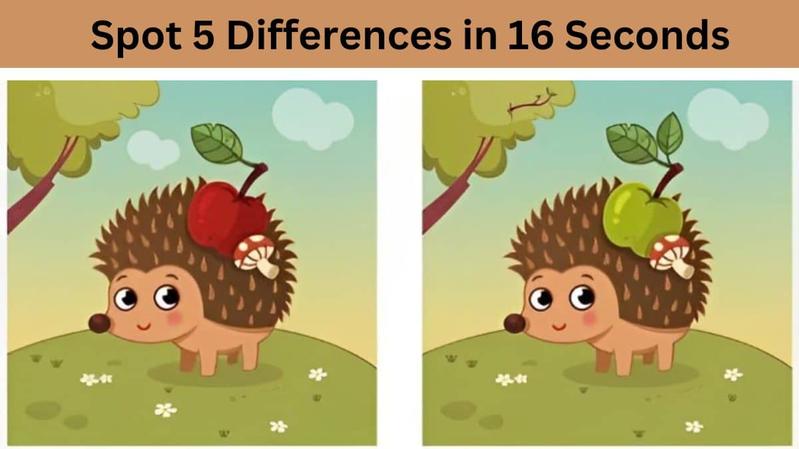
Here’s where things get spikier, literally. The morning star is a subtype of mace with a round striking bulb covered in spikes. It’s designed to do double duty—both puncture and bludgeon at the same time. This bad boy strikes with lethal intent, tearing through helmets and flesh much more efficiently than a plain mace.
Fun fact: The term “morning star” comes from its use in early morning raids—when you want your enemies off guard and seeing stars fast. Sometimes they even attached it to a chain to swing it with force, adding momentum for extra devastation.
Ball and Chain & Flail: More Chain-Reaction Blunt Weapons
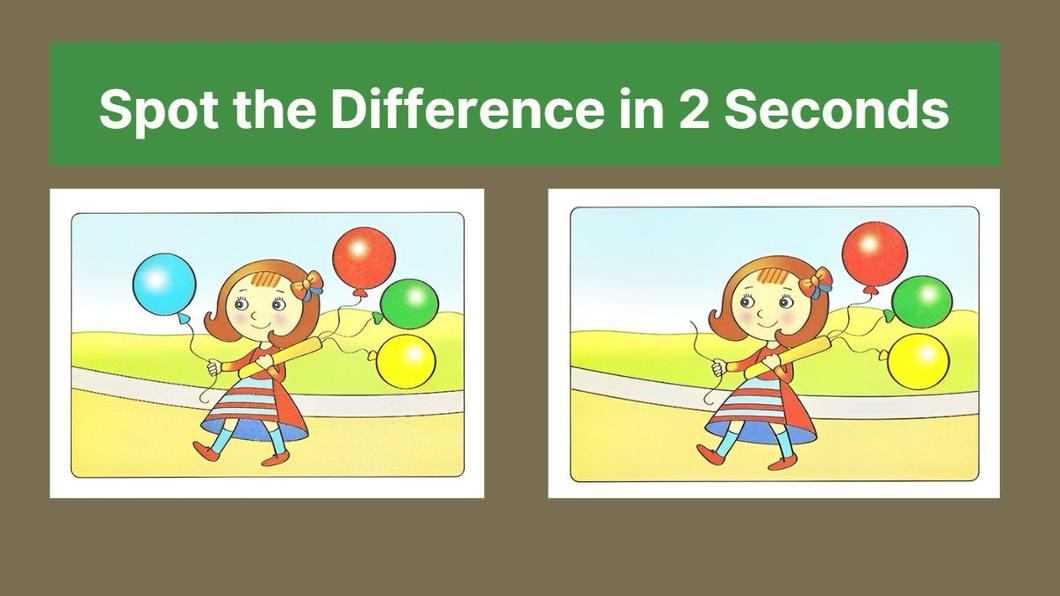
Picture a ball and chain: a spiked metal ball on a chain attached to a handle. Add a bit more technique and you get the flail—a handle, chain, and metal striking surface at the end. Like the morning star, these weapons rely on swinging momentum to maximize damage. Both are cousins in the blunt weapon family but aren’t quite clubs or maces.
Nonlethal Blunt Weapons: Saps and Blackjacks—Soft Hits, Big Impact
Not all blunt weapons want to kill. Enter saps and blackjacks, short clubs wrapped in soft padding. Their goal? Knock someone out or paralyze with nerve strikes but avoid lasting harm. American English blackjacks often involve heavy objects wrapped inside cloth and swung. Think less medieval battlefield, more old-school detective flicks.
Why Does This Matter? An Analogy to Nail It Down
Imagine this: a club is like a shank, improvised and versatile but unrefined; a mace is like a dagger, designed specifically for combat and built to perform. This comparison underscores how clubs are grab-anything-and-go, while maces are made-for-war instruments.
So, whether you’re looking to differentiate historical war weapons or just planning your Halloween costume with precision—now you know why these two are in different leagues. Clubs are the everyman’s weapon—cheap, easy, efficient. Maces? They’re bespoke, battle-hardened, and built to kill.
Practical Tips for Identifying and Understanding These Weapons
- Look at the material: Clubs tend to be wooden or improvised. Maces are metal, often with a weighted head.
- Check the design: Clubs lack specialized features. Maces have a distinct bulbous or flanged head.
- Purpose: Clubs can be anything heavy. Maces exist solely for combat.
- Handling length: Maces generally have a 2-3 foot handle for leverage.
Next time you stumble across someone wielding a hefty stick or a shiny, spiked gadget, you’ll know exactly what you’re looking at. More than that, you’ll understand the mindset behind wielding these weapons and how form follows function in the brutal world of blunt force.
Have you ever tried to swing a chair leg? It’s not nearly as effective or stylish as swinging a polished mace. But hey, in a pinch, survival comes first.
So, next time your friend asks, “Hey, what’s the difference between a mace and a club?” you’ll be ready with an answer sharper than a dagger and mightier than a morning star!

